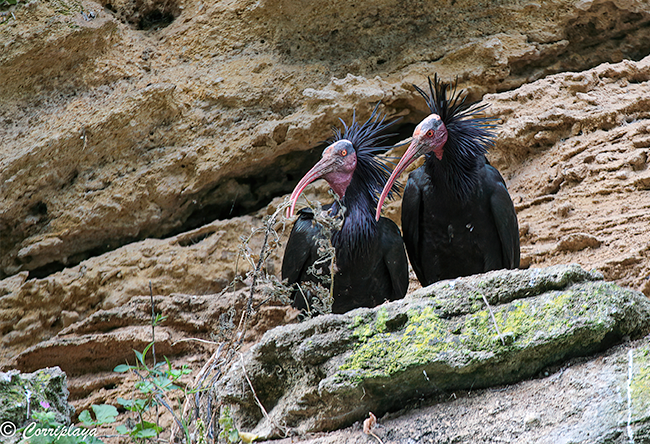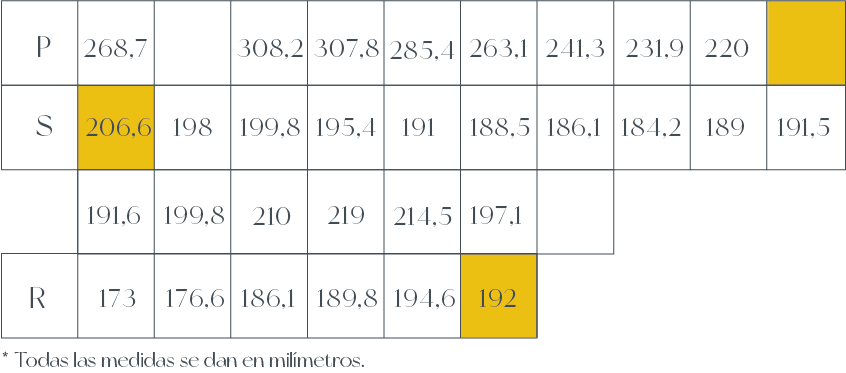Adult specimen
1.- Right wing primaries. 2.- Primaries. 3.- Tips of primaries details. 4.- Inner vane details of primaries. 5.- Secondaries (S1-S8). 6.- Secondaries (S9-S17). 7.- Right wing secondaries and tertials. 8.- Outer vane details of secondaries. 9.- Secondary calamus details. 10.- Tips of secondaries details. 11.- Tertials details. 12.- S17. 13.- Primaries, secondaries, and tertials. 14.- Nape feathers, front. 15.- Nape feathers, side. 16.- Nape feathers details. 17.- Nape feathers, back. 18.- Nape feathers, top view. 19.- Nape feathers. 20.- Nape feathers details. 21.- Nape feathers details. 22.- Primaries, secondaries, and tertiaries. 23.- Primaries, secondaries, tertials. Greater primary and secondary coverts. 24.- Primary coverts. 25.- Primary coverts. 26.- Primaries, secondaries, tertials. Primary and greater coverts. Alulas. 27.- Greater coverts. 28.- Greater coverts + median coverts. 29.- Lesser coverts details. 30.- Alulas. 31.- Greater coverts. 32.- Top: median coverts. Bottom: lesser coverts. 33.- Rectrices. 34.- Rectrices. 35.- Rectrices + uppertail coverts. 36.- Right scapula. 37.- Right wing underwing feathers. 38.- Back feathers.


